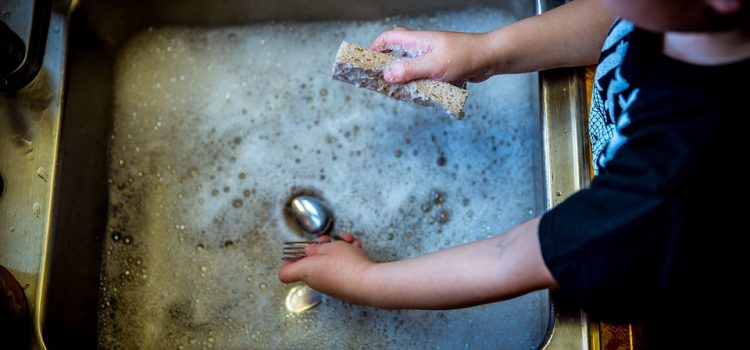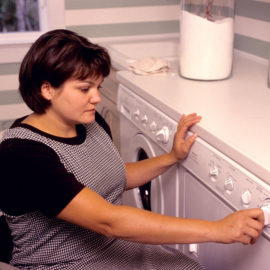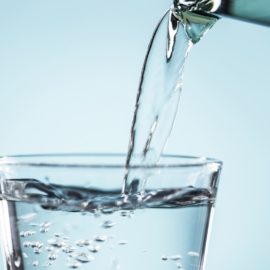
Last week I cooked a well-marbled and juicy rib-eye steak in a cast-iron skillet. After dinner, I wash dishes like I always do. As I was scrubbing and rinsing the pan, I noticed that the water in the sink wasn’t draining. I looked to see if anything was obstructing the drain opening, but there was nothing.
I turned on the garbage disposal, but that was only a temporary solution. As I continued with the dishes, the drainage was getting slower and slower. The clogged sink completely cramped my post-dinner clean-up.
I know I’m not the only one to experience this kitchen nightmare. When you are plagued with a sink full of water floating with the ghosts of previous dinners, you can’t help but feel frustrated. Thankfully, a clogged kitchen sink is among the easiest home repairs that you can try on your own.
Why do Kitchen Sink Clogs happen in the First Place?
No matter how clean and spotless you try to keep your kitchen, if you are a food nerd, you will end up at some point with clogged kitchen sinks.
- Food: When food particles are washed off of plates, they get trapped in the p-trap and collect to form a clog.
- Grease: No doubt, that’s the major foe of all kitchen sinks. Innocent they might look when they go down drains easily. However, once in their cool state, they can turn into a sticky sediment that will trap other food and over time lead to clogging and even increase the risk of increased water pressure.
- Soap Scum: Soap might look harmless but is actually caustic and can erode pipes.
- Hair: Hair clogs are more common in bathroom sinks, but if you suffer from hair loss, the possibilities are your hair can get trapped in the kitchen sink.
3 Simple Ways to Unclog Your Kitchen Sink
#1. Remove the Clog by Hand:

See, sometimes when a clog is immediately visible and easily accessible near the surface, you can simply try to extract the clog with your hand. And, for this step, you’ll only need a flashlight and a pair of rubber gloves.
#2. Use a Plunger
The moment you’ve established that the disposal is not the culprit, you need to take out the plunger. Oh and please don’t use the one from your bathroom (yuck, yuck!)
Step 1: Turn off the garbage disposal using the switch or breaker. This ensures that you will not be working with the garbage disposal while it is still powered on.
Step 2: Put a plug in one of the drains if it’s a double sink (and if it’s not, just ignore this step).
Step 3: Now, place the plunger in a position, covering the whole unplugged drain.
Step 4: Start plunging the open drain while holding the plug down with one hand. Work the plunger up and down quickly, stopping around every 5 times to verify if the water is still draining. This should get rid of anything that’s clogging the drain.
Step 5: Switch the power to the garbage disposal back on and see if everything is working properly.
#3. Use Boiling Water

Often, when it’s grease, soap residue or any other debris that got trapped in the kitchen drain, boiling water is the easiest way to loosen the blockage. In addition, it’s the least expensive solution of all.
So, here’s how:
- Place a pot of water on the stove or use a kettle to heat water.
- While you are waiting for the water, try to remove as much standing water as you can from the sink.
- Now, pour the boiling water directly into the drain opening.
- Let it cool for around 5-10 minutes
- Turn on the faucet to see if the water drains properly
- If required, repeat the same process several times.
It’s not complicated to get rid of a clogged kitchen sink, but luck is not always on your side when you are dealing with this major inconvenience. So, if your clogged sink is adamant, why don’t you try the more professional methods mentioned in the second article.



